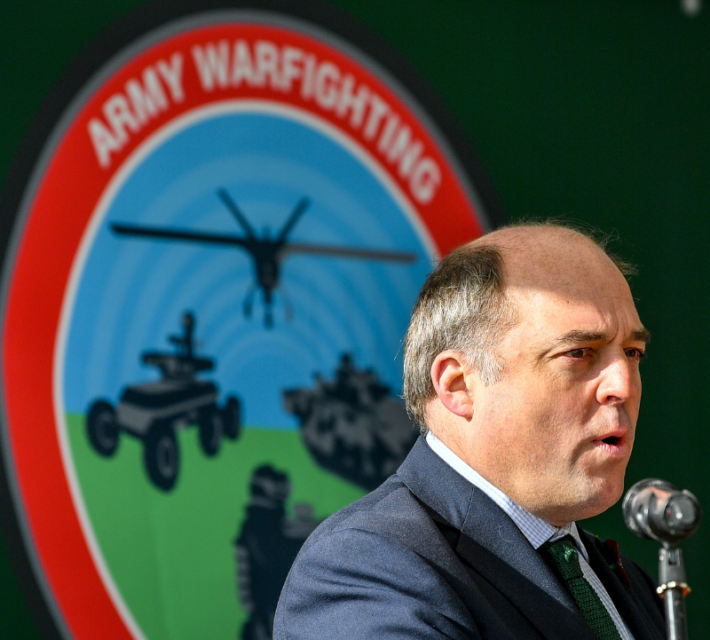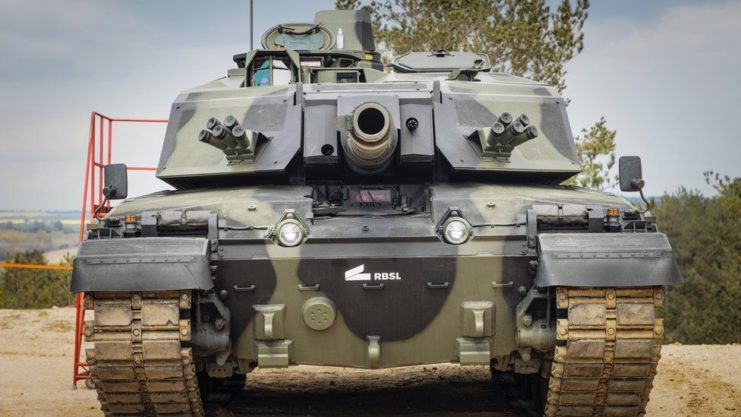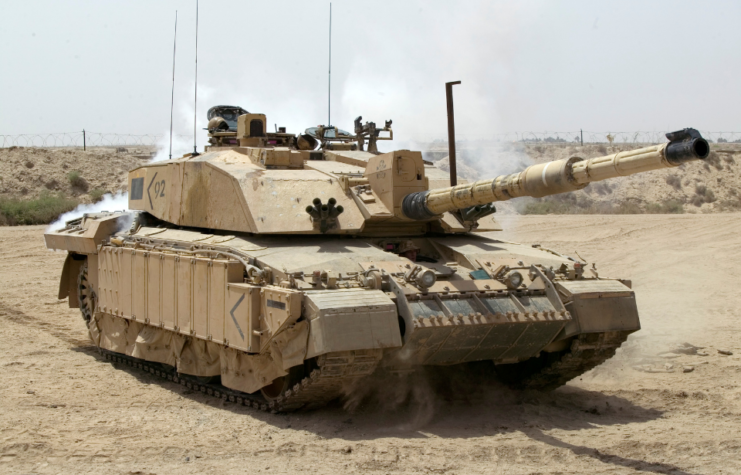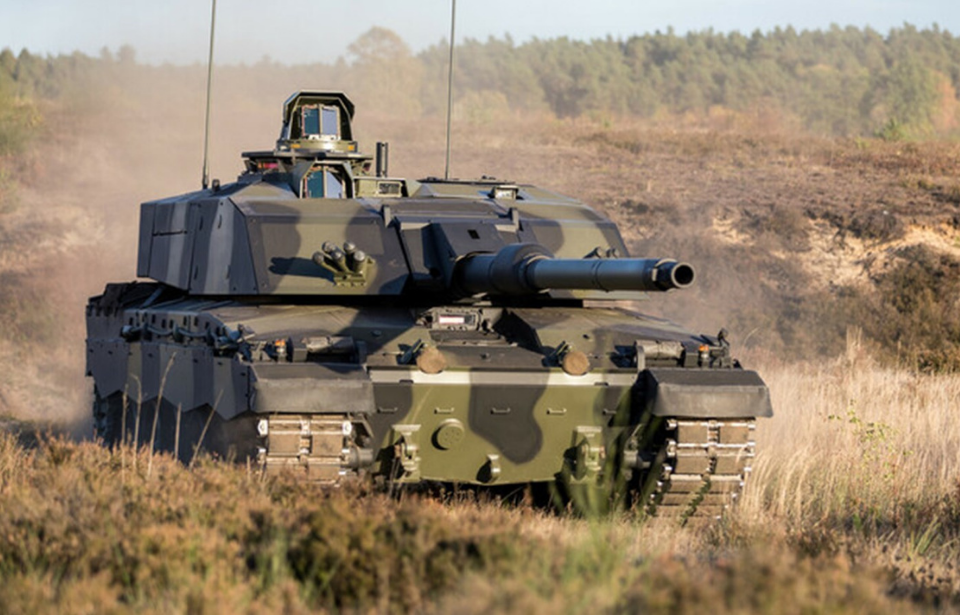An £800 million contract has been signed that will see the delivery of 148 new Challenger 3 main battle tanks (MBTs). These new vehicles are a hefty upgrade both physically and digitally over the previous Challenger 2 series of tanks. The move comes as part of a large overhaul of the British armed forces, which will see the overall number of MBTs reduced from the current stock of 227.
The Challenger 3 is not a brand new vehicle designed from the ground up, but more of a large upgrade to the existing Challenger 2. Their production will take place at the Rheinmetall BAE Systems Land (RBSL) plant in Telford, Shropshire, and will replace the aging fleet of Challenger 2s that were built in the 1990s.
The same British armed forces overhaul that is reducing the number of MBTs is also due to reduce the number of British troops from 82,000 to 72,500 by 2025, as the British armed forces switch to more “cyber” forms of combat.
Despite this, as Defence Secretary Ben Wallace says, “there is a future for tanks.” The Challenger 3 will spearhead that future.

These new vehicles are set to be much more advanced than their predecessors. The Ministry of Defence has said that the new tanks will be able to reach 60 mph and have more capable electronics, armament, and mobility. Currently, Britain’s fleet of Challenger 2s are showing their age with a relatively slow top speed, an arguably inferior gun, and outdated electronics when compared to foreign designs.
The Challenger 3
The Challenger 3 will be a fully digitized tank, making it capable of relaying and receiving real-time information between other military assets like helicopters, planes, and infantry units. The tanks will be built onto updated hulls of existing Challenger 2s to reduce costs. The Challenger 3s will add a number of upgrades to the hulls, including newer third-generation hydrogas suspension, improved engine power, and better air filtration.

However, most of the changes between the two tanks are to the turret, which will be an entirely new design by Rheinmetall. This new turret will be fully digitized, and most significantly, it will carry a new main gun, the Rheinmetall L55 120 mm smoothbore gun. The Challenger 3 will be the first British MBT to use a smoothbore gun.
Previously, the Challenger 2 has received a large amount of criticism over the years for using the rifled L30A1 120 mm gun, a type now generally regarded as inferior to smoothbore guns. The L30A1 is the successor to the guns used in both the Chieftain and Challenger 1. Its continued use is mainly down to the British emphasis on HESH rounds, which are much more effective when spun by a rifled barrel.
The smoothbore gun will allow the British to fire a wider variety of ammunition types and share stockpiles with other NATO nations. The new turret systems will give the crew a much more comprehensive view of the battlefield, better communications with friendly units, and make life inside the tanks more pleasant. Ben Wallace said that the new electronic suite “allows us to deliver immense warfighting capabilities in battlespaces filled with a range of enemy threats.”

Fielding the new tanks
The construction of the Challenger 3s at the Rheinmetall BAE Systems Land (RBSL) plant will create 200 jobs including the need for 30 engineers and 70 technicians. Additionally, the supply chain will create a further 450 jobs across the U.K. Wallace said that troops would “benefit from the very best of British engineering.”
More from us: UK Halts Training With ‘Unsafe’ Ajax Tank
In total, Britain produced 447 Challenger 2s, which has dwindled to 227 over the years as the relevance of MBTs on modern battlefields has slowly decreased. This number will drop again to just 148 Challenger 3s in service. So while the newer vehicle may be better, there certainly won’t be more of them.
The new fleet of vehicles should be in service by the end of the decade, assuming their development and production is much smoother than the Ajax’s. Once in service, the MoD believes the Challenger 3 will be the most dangerous tank in Europe.
